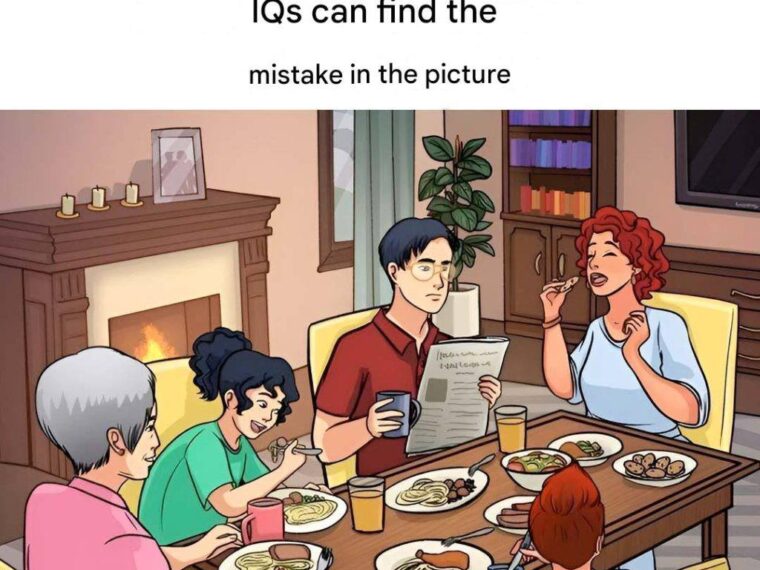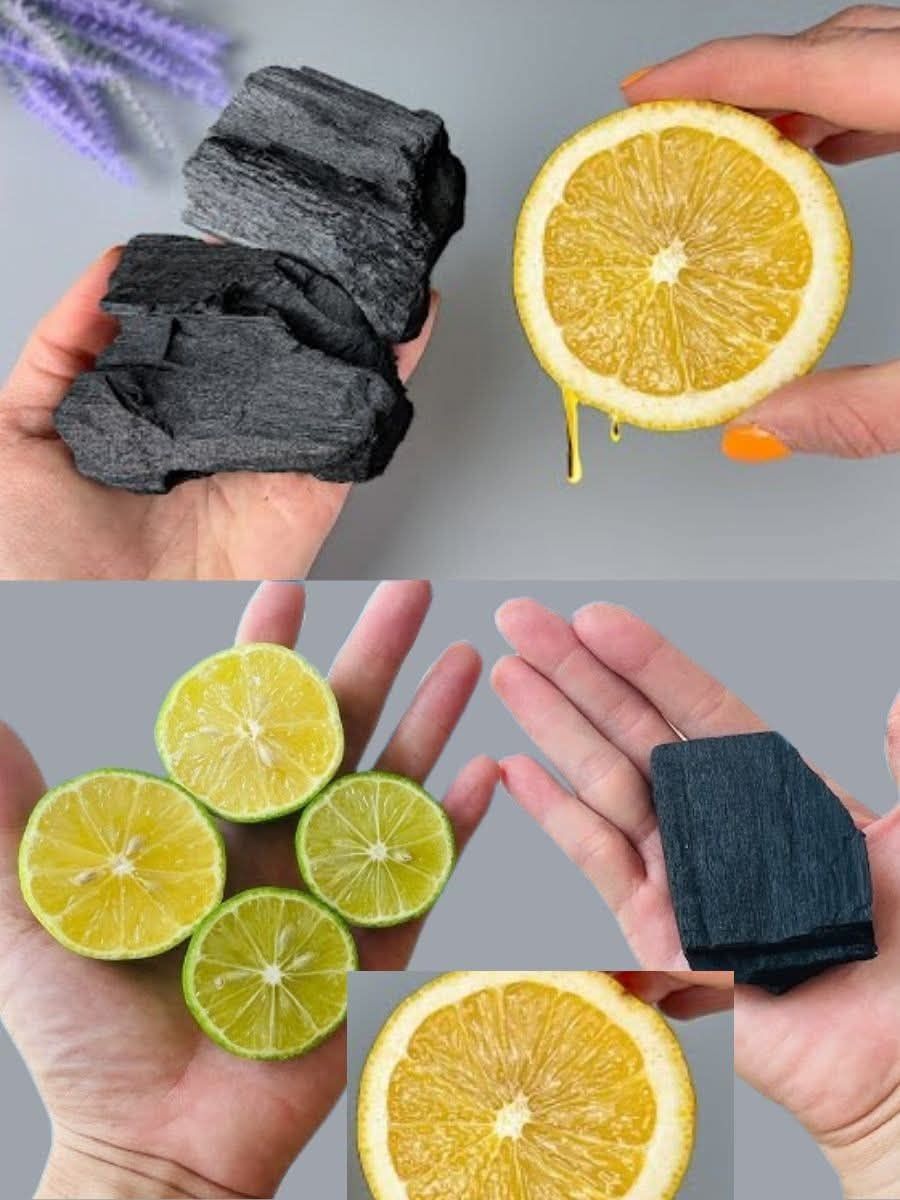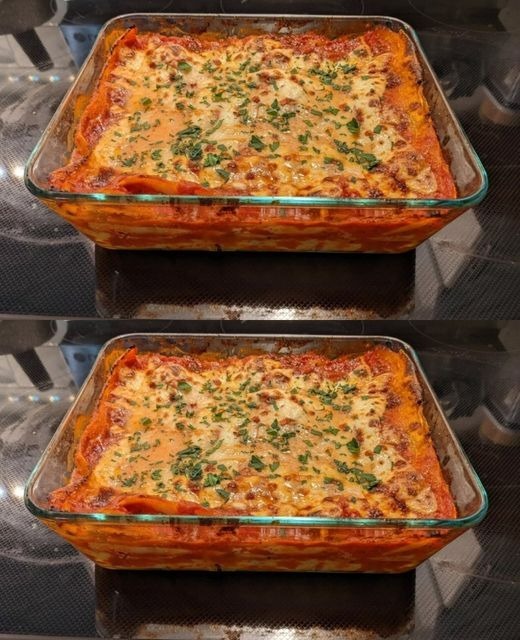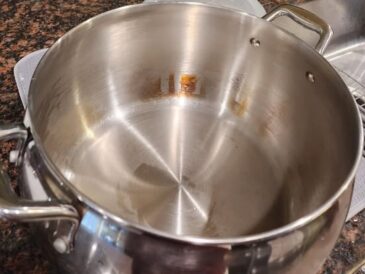At first glance, everything in the image looks perfectly ordinary.
A smiling family gathered around the dinner table. Plates are full, drinks are poured, and everyone seems to be enjoying their meal. It’s the kind of cozy, familiar scene we’ve all seen a hundred times before—maybe even participated in ourselves. But here’s the twist: something’s wrong. One detail in the image breaks the logic of everyday behavior.
Did you spot it?
This fun yet deceptively tricky puzzle asks you to pay close attention to an otherwise mundane scene. You’re given just 10 seconds to spot the inconsistency. It’s a test of perception and your brain’s ability to pick out anomalies in familiar settings.
The Challenge
We presented readers with an everyday situation—a typical family dinner. These types of visual puzzles are designed to make you question your initial assumptions and look beyond what seems “normal.” It’s a cognitive trick: the more familiar something appears, the harder it is to notice what doesn’t fit.
This particular image challenge had a simple question:
What’s wrong with this picture?
Many people scan images too quickly or get stuck focusing on the big picture—missing the crucial detail. That’s what makes puzzles like these so satisfying once the solution is revealed.
Time’s Up! Did You Find the Error?
If you didn’t manage to spot the anomaly in the allotted 10 seconds, don’t worry—you’re not alone. These types of brain teasers are designed to be tricky and to challenge your mental reflexes. They test both visual observation skills and logical thinking.
Let’s reveal the solution:
✅ Puzzle Solution: The Child Used a Knife to Mix the Food
Yes, that’s the hidden detail that makes the whole scene subtly—but undeniably—wrong.
At the family dinner table, one child is shown using a knife to mix the food on their plate. It might seem like a small detail, but it’s a clear deviation from normal table behavior, especially for a young child. Knives are typically used for cutting, spreading, or, occasionally, poking at food—but mixing food with a knife? That’s an unusual action, and certainly not what you’d expect to see in such a setting.
This out-of-place behavior is what makes the image a visual riddle.
Why This Detail Feels “Wrong”
From a young age, we’re all taught certain table manners—especially when it comes to how we handle cutlery. Forks are for eating, spoons for scooping, and knives for cutting. When someone uses a utensil outside of its intended purpose, it immediately creates cognitive dissonance. That’s part of what makes this puzzle work so effectively.
You may not have consciously noticed what was wrong, but something probably felt off about the picture. Your subconscious brain picked up on the irregularity, even if your conscious mind couldn’t identify it in time.
This tiny break from social norms is what allows the image to become a challenge. It’s a detail that’s small enough to go unnoticed unless you’re actively looking for something wrong—but once you see it, you can’t unsee it.
The Psychology Behind Spot-the-Difference Puzzles
Next page





